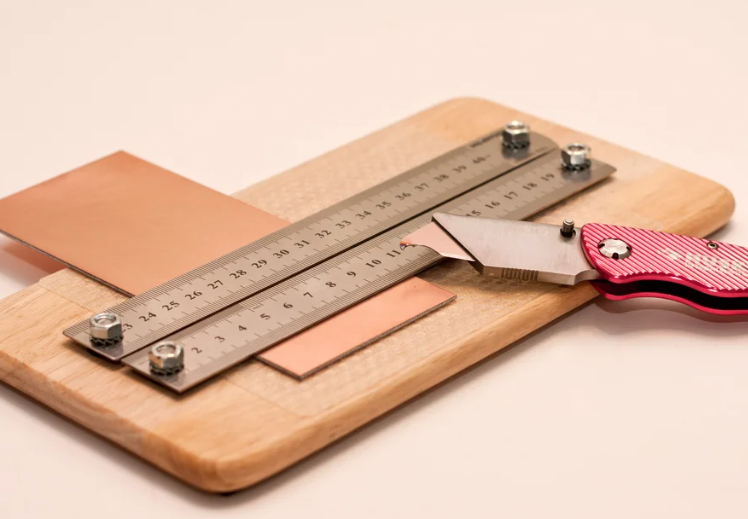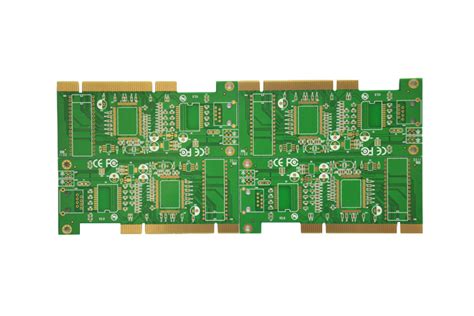Want to use a multilayer PCB? Let’s take a look at its advantages and disadvantages first!
PCB multilayer board is a circuit board made of multiple conductive layers and insulating layers stacked alternately, which is widely used in various complex electronic devices.

1.Advantages of PCB multilayer board
High-density integration capability
PCB multilayer board allows for higher-density circuit layout in a limited space. By arranging conductive paths and components between multiple layers, the size of the circuit board can be greatly reduced and the overall performance of electronic devices can be improved. This high-density integration capability is essential for realizing miniaturized and lightweight electronic products.
Excellent electrical performance
Multilayer board design helps optimize electrical performance. Through reasonable stacking design and wiring layout, signal interference and electromagnetic radiation can be effectively reduced, and signal stability and transmission speed can be improved. In addition, multilayer boards can also provide structures such as shielding layers and reference planes to further improve electrical performance.
Strong heat dissipation performance
Multilayer boards usually contain special heat dissipation layers to improve heat conduction and heat distribution. This allows multilayer boards to have better heat dissipation performance when processing high-power or high-speed signals. Good heat dissipation performance helps ensure stable operation and extend the service life of electronic equipment.
High reliability
Multilayer boards have undergone rigorous manufacturing and testing processes and have high mechanical strength and stability. They are able to resist the influence of external environmental factors such as vibration, shock, and temperature changes, thereby ensuring the reliability of electronic products in complex and harsh environments.

2.Disadvantages of PCB multilayer boards
High manufacturing cost
The manufacturing process of multilayer boards involves complex processes such as multiple laminations, drilling, and electroplating, resulting in relatively high production costs. In addition, raw materials such as high-performance substrates and adhesives also increase the cost of multilayer boards. Therefore, when considering the use of multilayer boards, it is necessary to weigh the balance between their performance and cost.
High design complexity
Multilayer board design needs to consider more factors, such as interlayer alignment, impedance control, thermal design, etc. This requires high expertise and experience from designers. In addition, the design flexibility of multilayer boards is relatively limited, and once the design is completed and put into production, it is difficult to make changes or adjustments later.
Long production cycle
Due to the complex production process of multilayer boards, the production cycle is usually longer than that of single-layer or double-layer boards. This may affect the time to market and market competitiveness of the product. Therefore, when choosing a multilayer board as a circuit board solution, it is necessary to fully consider the impact of the production cycle on the overall project progress.
Difficulty in maintenance
The circuits and components inside the multilayer board are highly integrated, and once a fault occurs, it is relatively difficult to locate and repair. This may increase the cost of later maintenance and after-sales service. Therefore, when using a multilayer board, it is necessary to pay attention to its maintainability and maintainability so that fast and effective troubleshooting and repair can be carried out when necessary.
Therefore, PCB multilayer boards have significant advantages in electronic manufacturing, such as high-density integration capabilities, excellent electrical performance, strong heat dissipation performance and high reliability. However, it also has some disadvantages, such as high manufacturing cost, high design complexity, long production cycle and difficulty in maintenance. When choosing whether to use a multilayer board, you should weigh and decide based on the specific application scenarios and needs.







